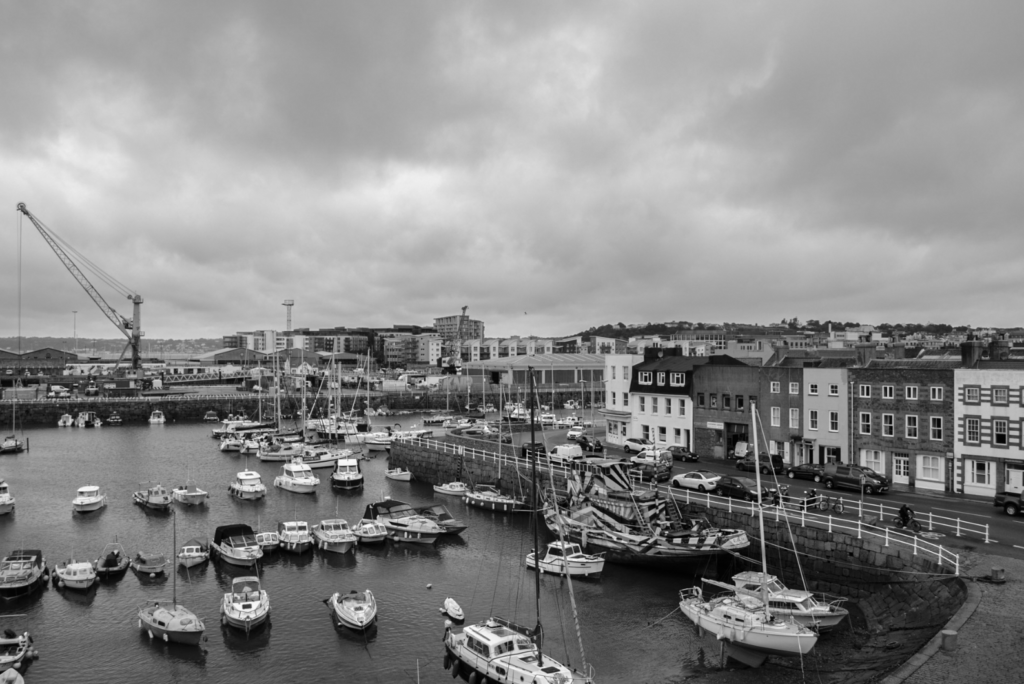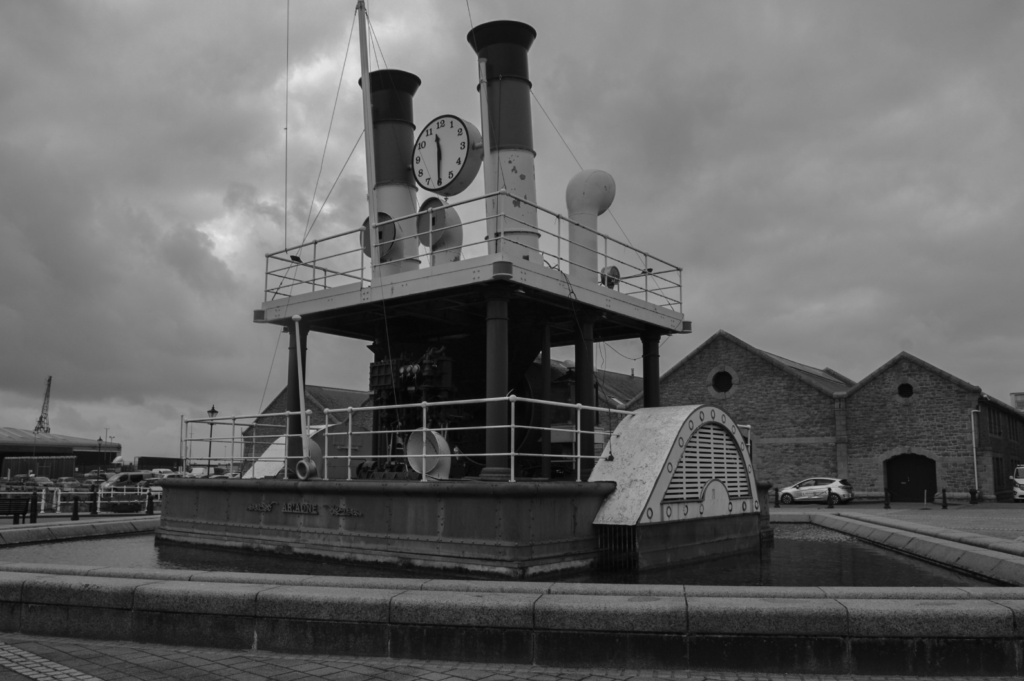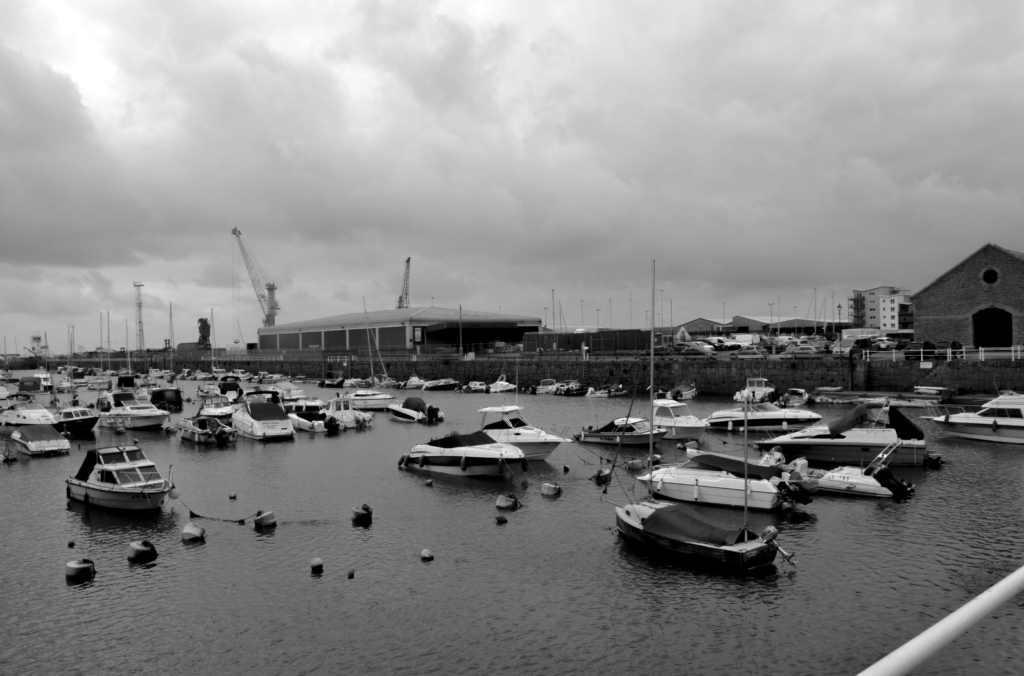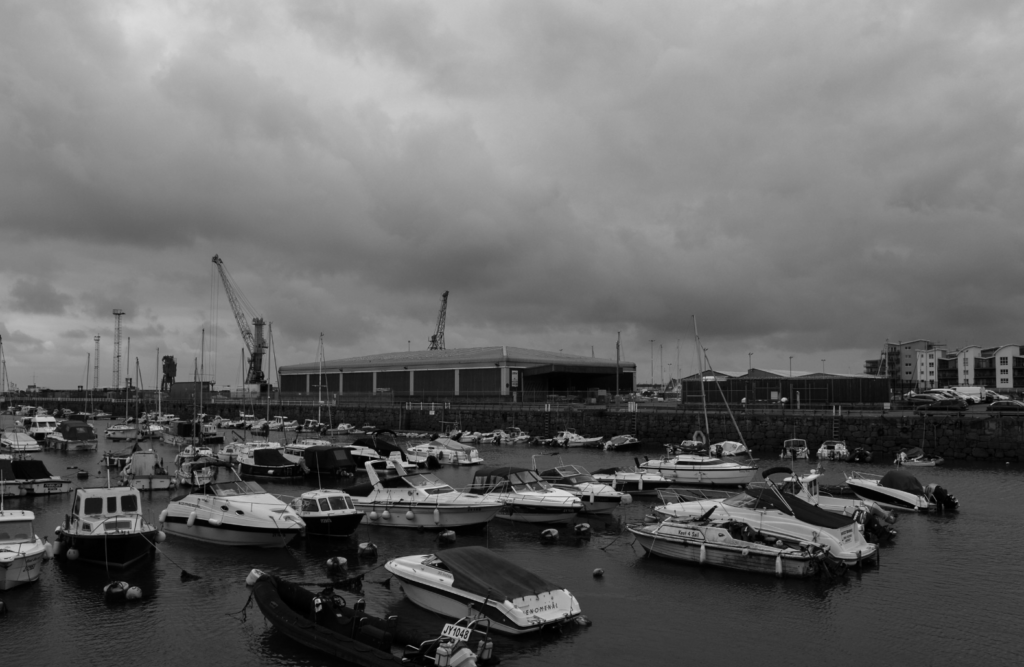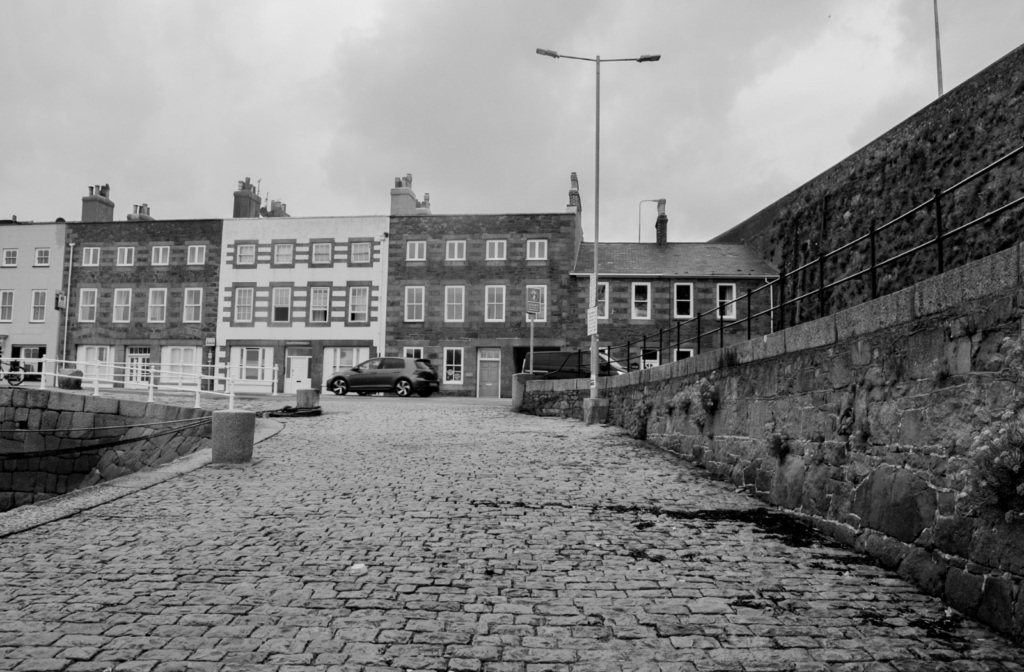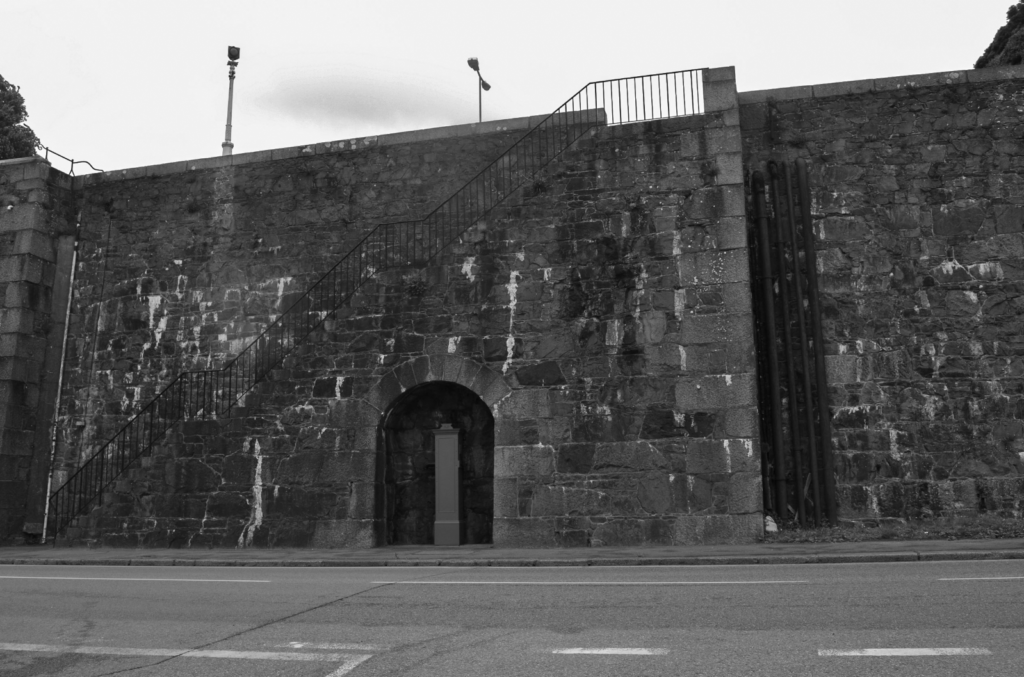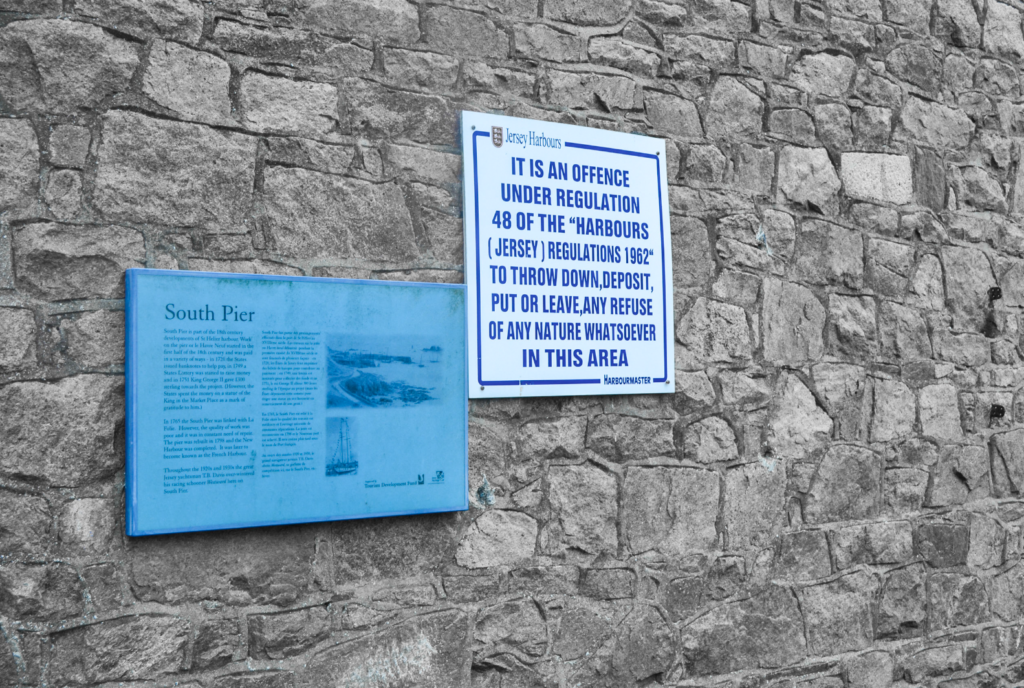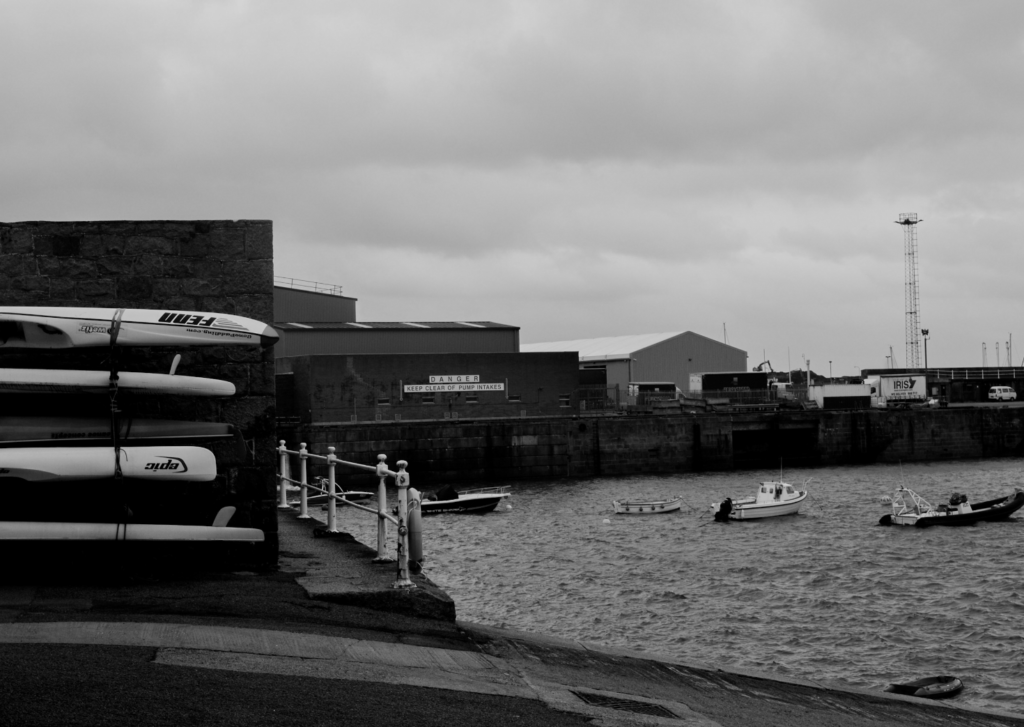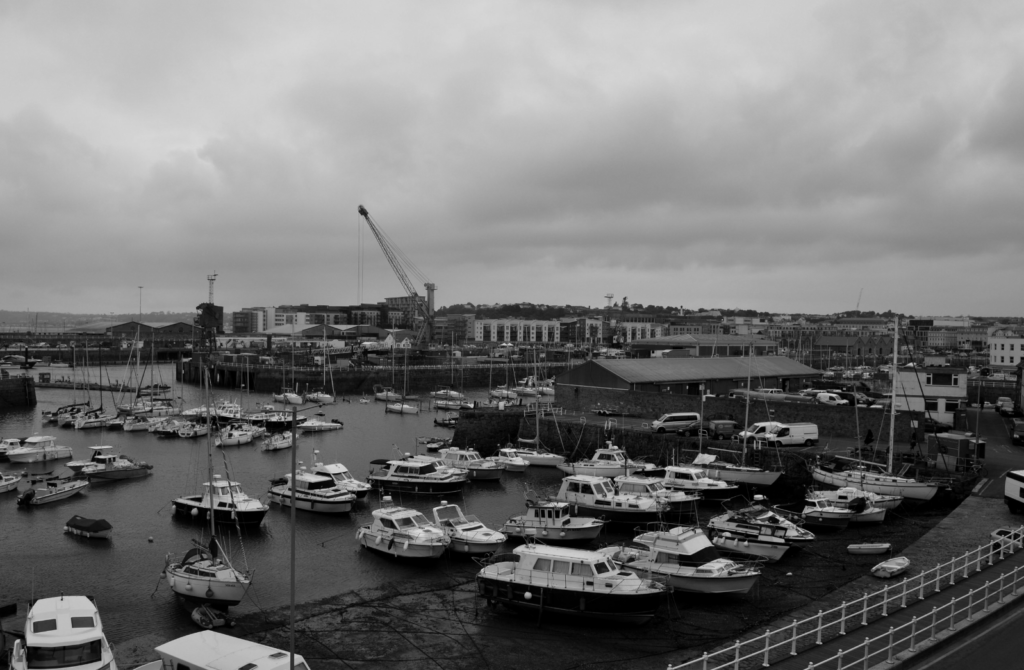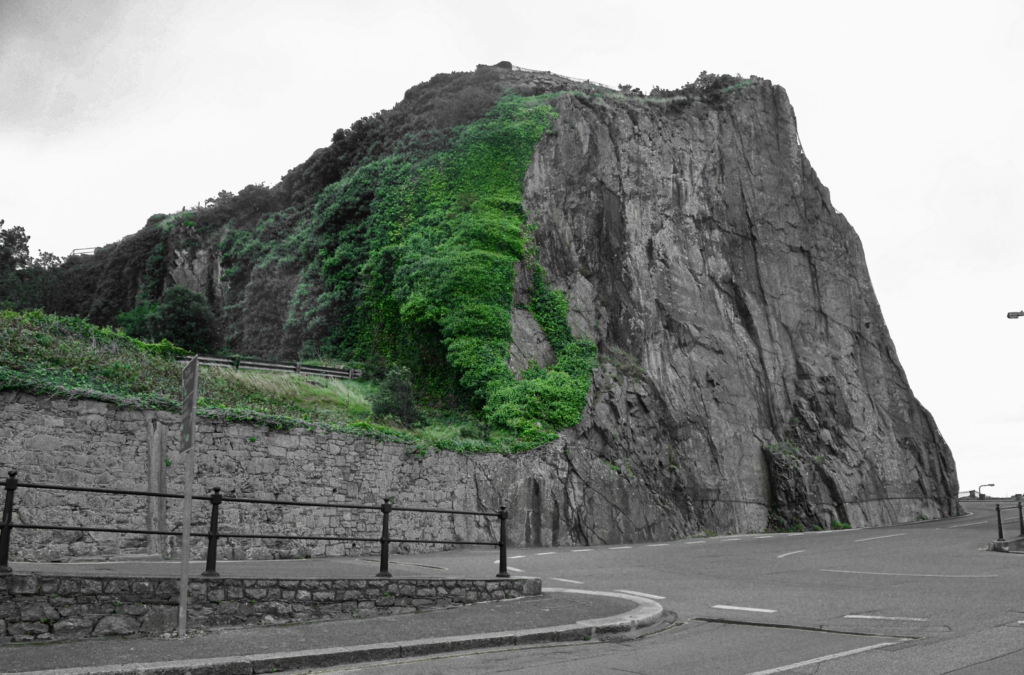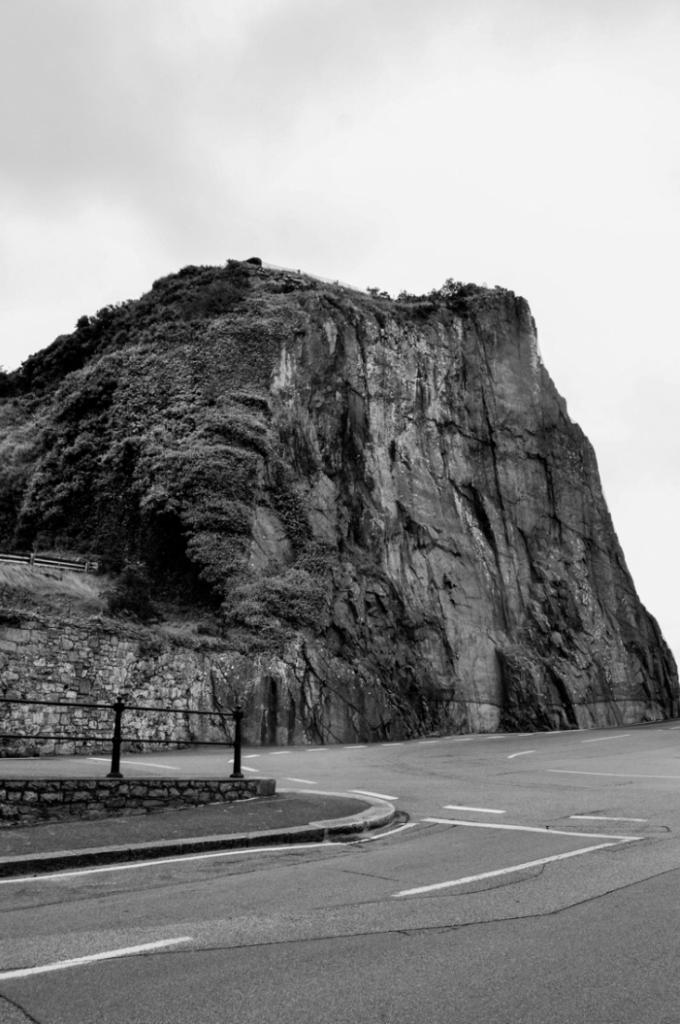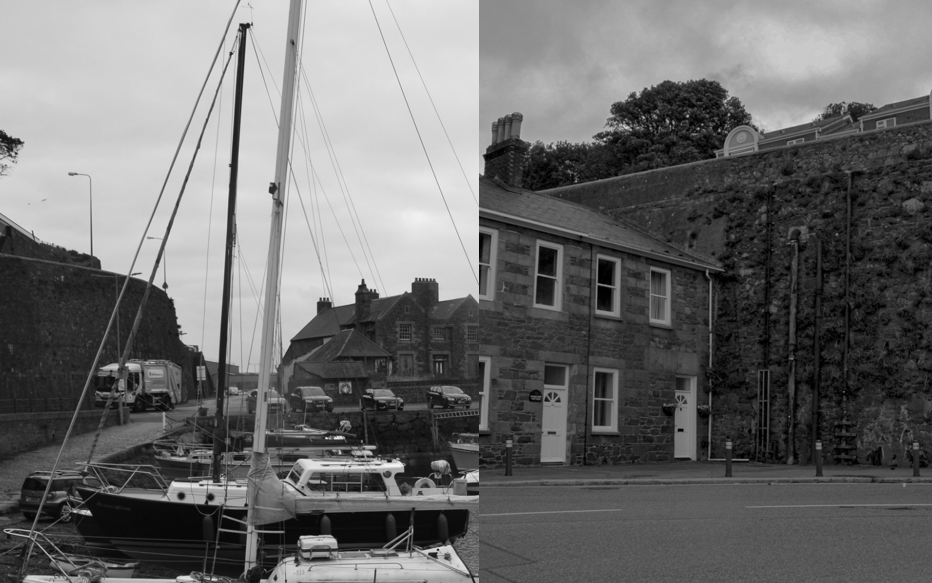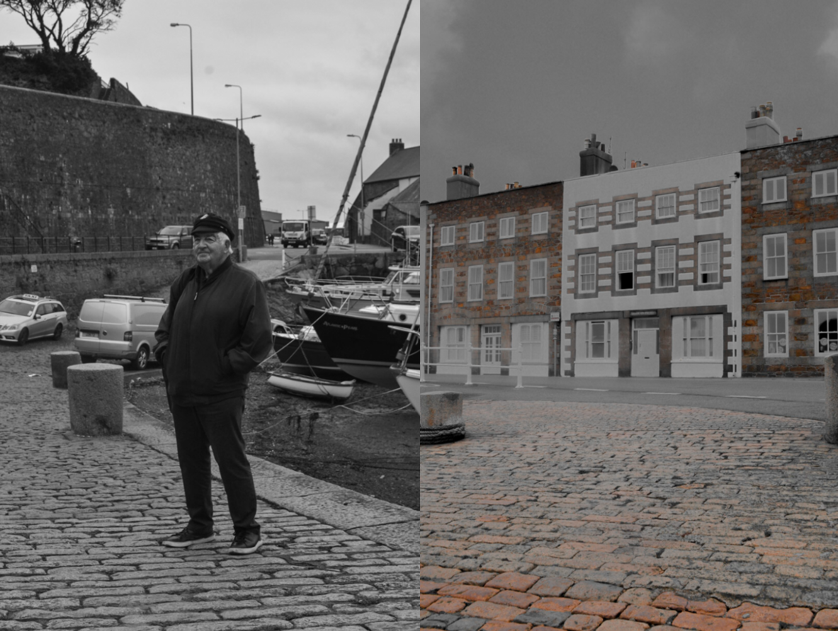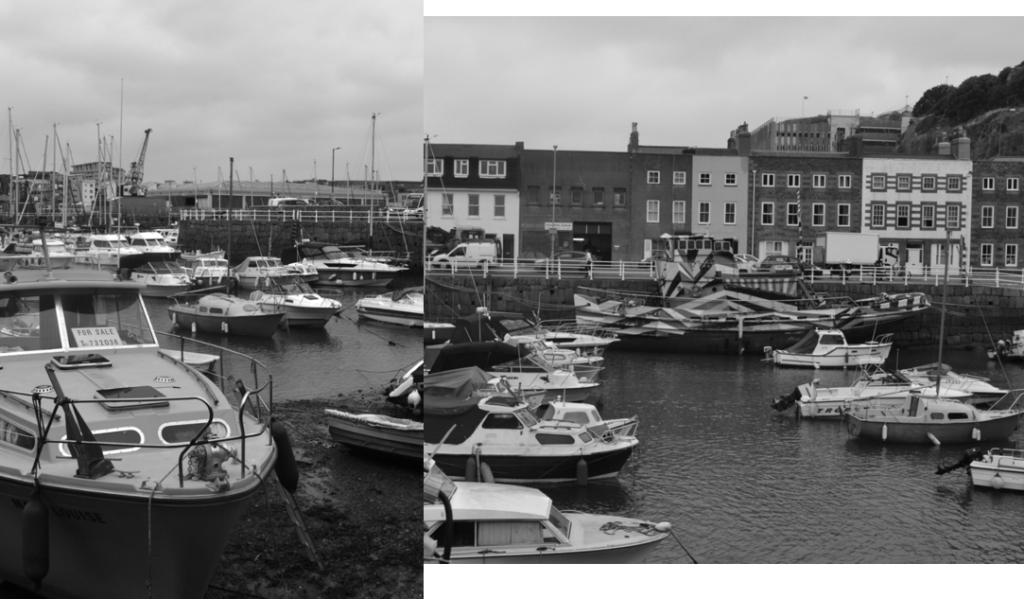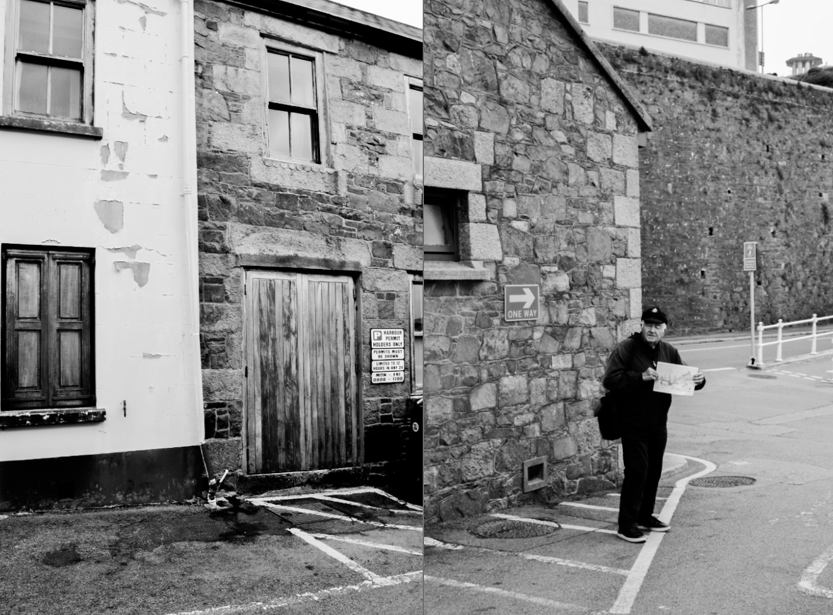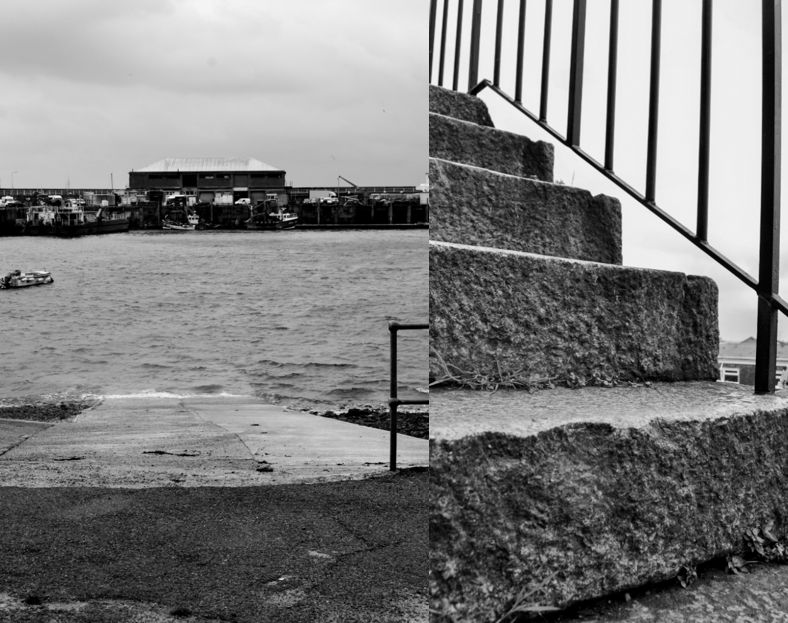Narrative is essentially the way a story is told. For instance, you have the option to narrate various versions of the same tale. It is a highly subjective process with no correct or incorrect answer. Whether your photographic story is of good quality is a different question.
A narrative takes shape as you establish connections between multiple images (and/or text) and display them together. The way you choose and arrange images in a story is crucial for shaping the narrative. The photo-zine’s structure and design also reflect this idea. Yet, it is crucial to determine the nature of your story before deciding on the approach you want to take in conveying it.
How to Plan:
Create a detailed specification outlining your approach and strategy for exploring A Love Story. You must plan to complete a minimum of 3 photoshoots within the next 2-3 weeks, which may involve specific photo tasks. What kind of appearance and atmosphere do you want your images to have? Incorporate artists and photographers’ visual references regarding style, approach, intentions, aesthetics concept, and outcome. Keep in mind that the end result should be a 16-page photo magazine, so you must edit a final set of 12-16 images that, when sequenced together, form a story that visually represents your love story.
STORY: What is your story?
Describe in:
- 3 words
- A sentence
- A paragraph
NARRATIVE: How will you tell your story?
- Images > New St Helier Harbour photographs
- Archives > Old photographs of St Helier Harbour from SJ photo-archive or JEP Photographic Archive
- Texts > Write a short introduction or statement about your picture story, image captions
- Typography > creative uses of words, letters, font-types, sizes
Add a selection of your final 10-16 images as a moodboard/ gallery to the blog post too, including any archive material too.
Lewis Bush discusses various books he has created that offer diverse narrative structures, ranging from straightforward to avant-garde. Books that reinterpret the stories from other books, books that allow for reading in both directions, and books that have no predetermined storyline. I am currently developing a narrative that moves back and forth in time simultaneously, as well as another book that will not be real, meaning its narrative will not exist either.
‘One story can spawn many narratives, a fact that, in contrast to photography, is well understood in literature and cinema….when I say ‘I’m going to tell you a story’ I actually tell you a narrative of that story.’

In a follow article titled ‘Photographic Narrative: Between Cinema and Novel,’ Lewis Bush discusses various examples from cinema, literature, and photography, identifying the unique strengths and weaknesses of each medium.
In Bush’s view, photography’s narrative strength is:
‘It’s sheer power of description.’ A single photograph can depict a scene with a verisimilitude which pages of written account would still fail to capture. It is this quality which led photography to be first employed for practices like crime scene and incomplete , in place of the unreliable memory and incomplete notes that had previously been relied upon.
MY STORY:
My story will be the looking at the history of jersey by looking at the photos and seeing how the harbour is now.
NARRATIVE:
Decided to keep most of the images black and white because it makes it look more interesting since the harbour is pretty old. For the second page of my booklet I’m going to talk a bit about Jersey Marina and on the 4th page I am going to talk a bit about Brian Nibbs who is the CEO of Jersey Harbours All the other pages are going to be portraits or landscapes of the harbour.
These are the images I am thinking to use: (10 – 16 pages)
